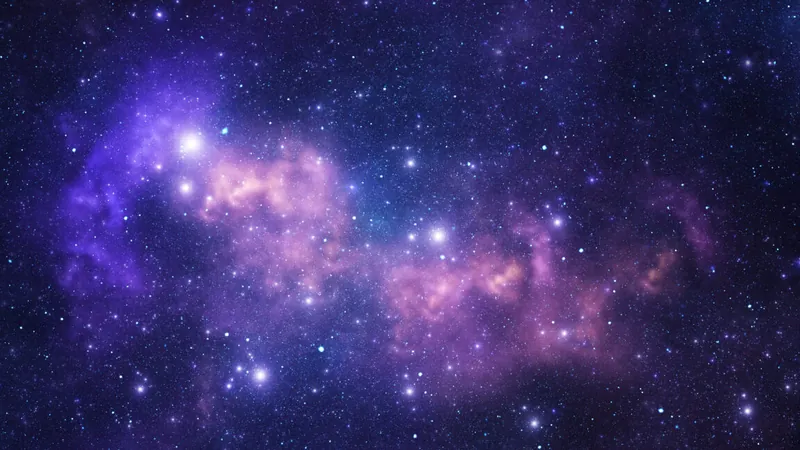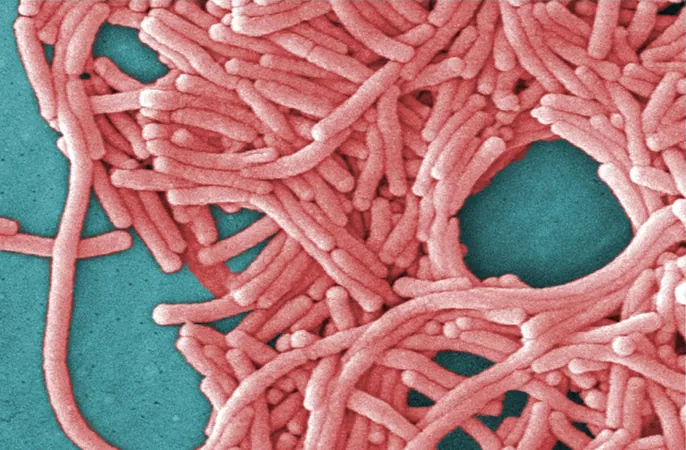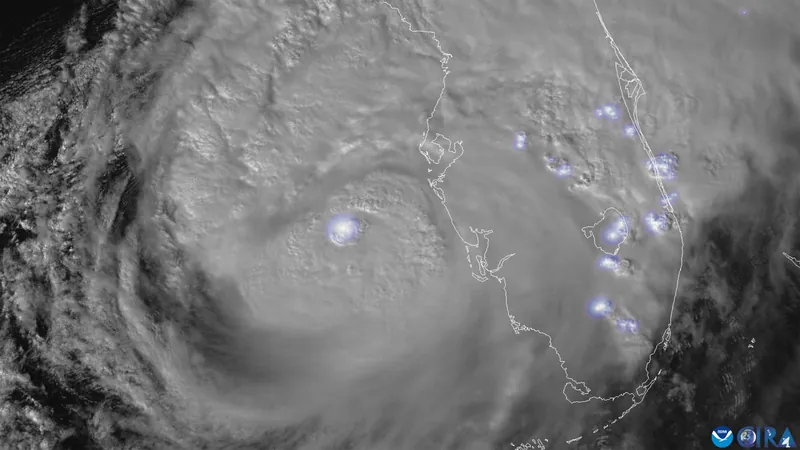
Is Our Universe the Most Life-Friendly? New Research Challenges the Drake Equation!
2024-11-22
Author: Wai
Exciting new research is stirring the pot in astrophysics by challenging long-held beliefs about the universe's ability to support life! A collaborative team of British and Swiss astrophysicists led by Daniele Sorini from Durham University has unveiled significant findings that suggest our universe may not be as uniquely suited for life as previously thought. These revelations build upon the foundations laid by notable physicists, including Robert H. Dickle and Fred Hoyle, who have championed the idea of a fine-tuned universe, arguing that the fundamental constants of nature are set in such a way to support the existence of intelligent life — namely, us.
Expanding the Drake Equation
The classic Drake Equation, formulated by Frank Drake in the 1960s, sought to estimate the number of intelligent civilizations in our universe by breaking down the factors leading to the emergence of life. But there’s a twist! The researchers focused not on the life-affirming aspects but the cosmic conditions conducive to star formation. Sorini pointed out, "We're adding to the stars' side of the equation," emphasizing the importance of understanding the building blocks of a universe capable of generating stars.
This groundbreaking study identified various key constituents — including ordinary and dark matter, as well as dark energy — that influence the universe's capacity to foster star formation. What this research reveals is that dark energy plays an unexpectedly crucial role, determining whether galaxies will form and consequently, limiting the number of stars produced.
The Multiverse and Cosmic Constants
Intriguingly, the research delves into the theoretical multiverse, an idea proposed by Nobel laureate Steven Weinberg. This concept suggests an ensemble of universes, each sporting different values of dark energy and, thus, exhibiting diverse properties. The team's model simulated an array of conceivable universes to test their hypotheses about dark energy’s effects on star formation.
Their findings indicate that, while our universe is functional for life, it isn't the most efficient at producing stars. So, what does this mean for our existence? "The cosmological constant in the optimal life-supporting universe would be around one-tenth the value found in our universe," Sorini noted. In fact, in such a universe, approximately 27% of the matter would transform into stars, compared to around 23% in our own universe.
A Cosmic Coincidence?
A striking aspect of this research is the reflection on the odds of our universe existing in its current state. The calculations reveal that if the multiverse is filled with an equal number of possible universes, the likelihood of having a cosmological constant as suitable as ours is a mere 0.5%. "We rolled the dice and got a pretty good score, although it could have been a bit better," Sorini remarked, encapsulating the delicate balance of cosmic chance that positions us in a universe that allows for intelligent life, albeit not the optimal one.
As new questions emerge about the likelihood of life amid so many variable conditions, Sorini's team sees potential for future research. They plan to explore more parameters, such as carbon production and its necessity for life, leaving us wondering — are we truly at the pinnacle of the cosmic ladder, or just fortunate players in a vast, uncertain game?
This fascinating study expands our understanding of the cosmos and the fine balance of conditions that allows us to ponder these existential questions. Who knows what other surprises await as we peer further into the universe and unlock more of its deep secrets? Stay tuned!




 Brasil (PT)
Brasil (PT)
 Canada (EN)
Canada (EN)
 Chile (ES)
Chile (ES)
 España (ES)
España (ES)
 France (FR)
France (FR)
 Hong Kong (EN)
Hong Kong (EN)
 Italia (IT)
Italia (IT)
 日本 (JA)
日本 (JA)
 Magyarország (HU)
Magyarország (HU)
 Norge (NO)
Norge (NO)
 Polska (PL)
Polska (PL)
 Schweiz (DE)
Schweiz (DE)
 Singapore (EN)
Singapore (EN)
 Sverige (SV)
Sverige (SV)
 Suomi (FI)
Suomi (FI)
 Türkiye (TR)
Türkiye (TR)